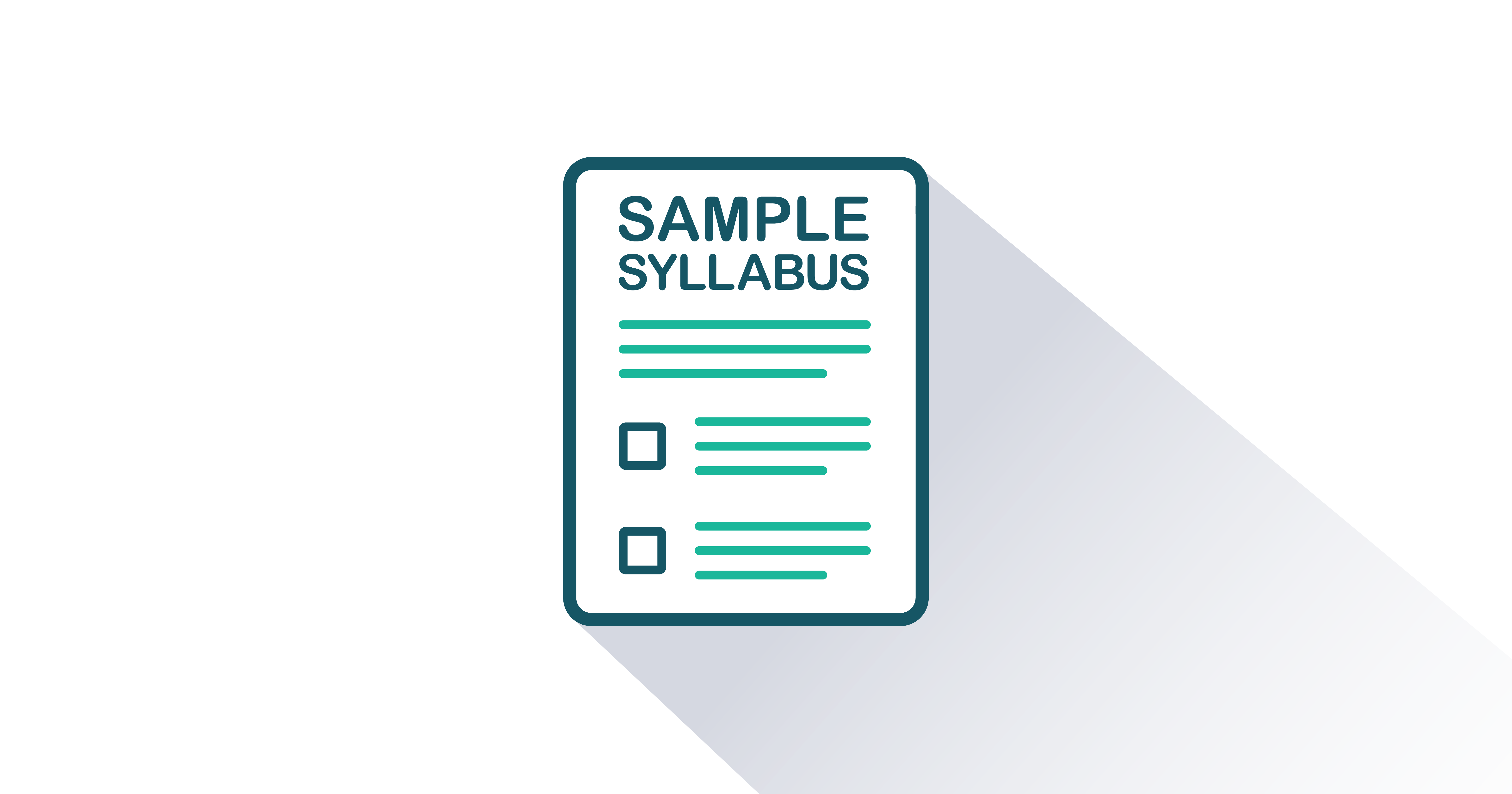- Published
- June 2020
- Page Count
- 524
- ISBN (Digital)
- 978-1-4533-9216-4
Social Problems: Continuity and Change
Version 2.0
By Steven E. Barkan
Included Supplements
Key Features
- Includes COVID-19 Updates.
- Many social problems texts leave students feeling despair about the persistence of such problems. As the subtitle of the text implies, this text stresses this persistence but also points to the possibilities for beneficial social change.
- Although poverty and racial and gender inequalities are the subjects of their own chapters, these three sources of inequality inform the discussion throughout the text.
- Each social problem is examined through the lens of three theoretical perspectives: functionalism, conflict theory, and symbolic interactionism.
- Rich and useful learning strategies embedded in the book include:
- “Social Problems in the News” stories begin each chapter to engage students’ attention and help them begin thinking about the chapter’s topic.
- “Learning Objectives” begin each chapter section and alert the reader to important points.
- “Key Takeaways” end each section to mirror the preceding Learning Objectives and highlight major points.
- “People Making a Difference” accounts highlight the actions of individuals in effecting social change.
- “For Your Review” boxes pose questions to prompt learners to think about key issues.
- “Using What You Know” vignettes at the end of every chapter encourage students to apply what they have learned to a potential real-life situation.
Students
- Online Access Price
- $33.95
- Color Printed Textbook with Online Access Price
- $60.95
Social Problems: Continuity and Change, Version 2.0 is suitable for undergraduate courses called Social Problems or similar titles such as Issues in American Society or Problems in Society taught in sociology departments in either two- or four-year colleges and universities.
Social Problems: Continuity and Change, Version 2.0 explores the nature and extent of social problems in America while examining realistic options for positively addressing these challenges. Version 2.0 reflects the early impact of the COVID-19 pandemic and how it brings into greater focus many long-term and persistent challenges present in American society.
New in This Version
Thoroughly updated throughout with recent data, new examples, and current events, including:
- Extensive coverage of the COVID-19 pandemic: its disproportionate impact on minorities, low-income Americans, urban dwellers, and those in service occupations; resulting unemployment; unequal access to health care during the crisis; challenges of childcare in a lockdown; domestic violence and crime during shelter-in-place directives; heightened vulnerability of seniors, particularly those in nursing facilities; greater exposure to those involved with the prison system; and more.
- New “Social Problems in the News” stories for every chapter and many new “People Making a Difference” accounts.
- New discussion of immigrant violence and social constructionism (Ch.1), new discussion of health care for undocumented immigrants and social change resulting from policymaking (Ch. 1); updated poverty data (Ch. 2), issues with making SNAP work (Ch. 2); new material on antebellum slavery (Ch. 3), new discussion of health issues arising from increased ethnic prejudice in current political climate (Ch. 3); updated data on gender inequality (Ch. 4); updated data on discrimination against the LGBTQ community (Ch.5); added coverage of food insecurity among older Americans (Ch. 6); updated statistics on drug and alcohol abuse (Ch. 7); updated crime and criminal justice data (Ch.8), new material on racial differences in police brutality victimization (Ch. 8), new “Applying Social Research” box on immigration and crime (Ch. 8); new data on sexual behavior (Ch.9); updated family data and new research on cohabitation (Ch. 10); updated education data (Ch. 11); new work and labor data (Ch. 12); and new information on health and health care (Ch. 13).
- About the Author
- Acknowledgments
- Preface
-
Part 1: Social Problems in Sociological Perspective
-
Chapter 1: Understanding Social Problems
-
Part 2: Problems of Social Inequality
-
Chapter 2: Poverty
-
Chapter 3: Racial and Ethnic Inequality
-
Chapter 4: Gender Inequality
-
Chapter 5: Sexual Orientation, Gender Identity, and Inequality
-
Chapter 6: Aging and Ageism
-
Part 3: Problems of Well-Being and Behavior
-
Chapter 7: Alcohol and Other Drugs
-
Chapter 8: Crime and Criminal Justice
-
Chapter 9: Sexual Behavior
-
Part 4: Problems of Social Institutions
-
Chapter 10: The Changing Family
-
Chapter 11: Schools and Education
-
Chapter 12: Work and the Economy
-
Chapter 13: Health and Health Care
-
Part 5: Global Problems
-
Chapter 14: Urban and Rural Problems
-
Chapter 15: Population and the Environment
-
Chapter 16: War and Terrorism

FlatWorld Homework
FlatWorld Homework includes multi-format questions written specifically for your FlatWorld book, which you can access through our stand-alone interface or integrate with your learning management system.

Instructor’s Manual
The Instructor’s Manual guides you through the main concepts of each chapter and important elements such as learning objectives, key terms, and key takeaways. Can include answers to chapter exercises, group activity suggestions, and discussion questions.

PowerPoint Lecture Notes
A PowerPoint presentation highlighting key learning objectives and the main concepts for each chapter are available for you to use in your classroom. You can either cut and paste sections or use the presentation as a whole.

Test Generator - powered by Cognero
FlatWorld has partnered with Cognero, a leading online assessment system, that allows you to create printable tests from FlatWorld provided content.

Test Bank Files for Import to Learning Management Systems
For your convenience, we've packaged our test items for easy import into Learning Management Systems like Blackboard, Brightspace/D2L, Canvas, Moodle, or Respondus.

Test Item File
Need assistance in supplementing your quizzes and tests? Our test-item files (in Word format) contain many multiple-choice, fill-in-the-blank, and short-answer questions.

Sample Syllabi
Sample syllabi provide useful templates to help new faculty adopters revise their teaching plans to match their assigned FlatWorld textbook or lend insights to existing adopters on how to organize their classes.
Download
Other Supplements
Solutions manuals, sample exams, video learning segments, workbooks, cases and lab manuals are just some of the extras our books will offer depending on the needs of the course. Click here to see what this textbook offers.
At FlatWorld, we take pride in providing a range of high-quality supplements alongside our titles, to help instructors teach effectively. Supplements are available for instructors who have registered their adoption with us. If you need to review or preview something specific, please contact us.
Already registered? Sign in here.
Additions & Errata
Errata changes made on 8/17/20:
Section 3.3: Aronson 2018 citation was fixed (“n” was left out of the name).
Section 3.3: In Figure 3.2, the year in the source was changed to 2018.
Section 3.4: Rubix Life Sciences 2020 reference was corrected (was missing “Life Sciences”).
Section 3.5: Table 3.2: was reorganized so that the race categories are listed in alphabetical order from left to right.
Section 4.1: Aulette et al. 2019 citation was corrected (deleted Root).
Section 4.3: Added missing “(Anderson et al. 2019)” in text citation.
Section 5.1: Added missing “(Gates 2017)” in text citation.
Section 6.5: In Lessons from Other Societies box, changed “were were” to “who were.”
Section 6.5: Added missing “the” in the following sentence: “…or about one-third of the 50 and older population.”
Section 10.3: Under Cohabitation, deleted “of the opposite sex” in the first sentence.
Section 10.3: Remove first sentence of the second paragraph, which was a duplicate sentence of the first sentence of the previous paragraph. So the second paragraph now begins with “Another notable difference involves . . .”
Section 12.3: Three lines up from the end of the section, “Foundations” was changed to “Foundation.”
Section 13.3: The data in Table 13.2 was updated.
Section 15.2: In the last full paragraph of this section, “spaced farther apart” was changed to “spaced further apart.”
Section 15.3: In the last line of this section, “higher rates of air pollution” was changed to “higher levels of air pollution.”
Section 16.2: In reference #56, changed “Click” to “Clock” in title of article.
